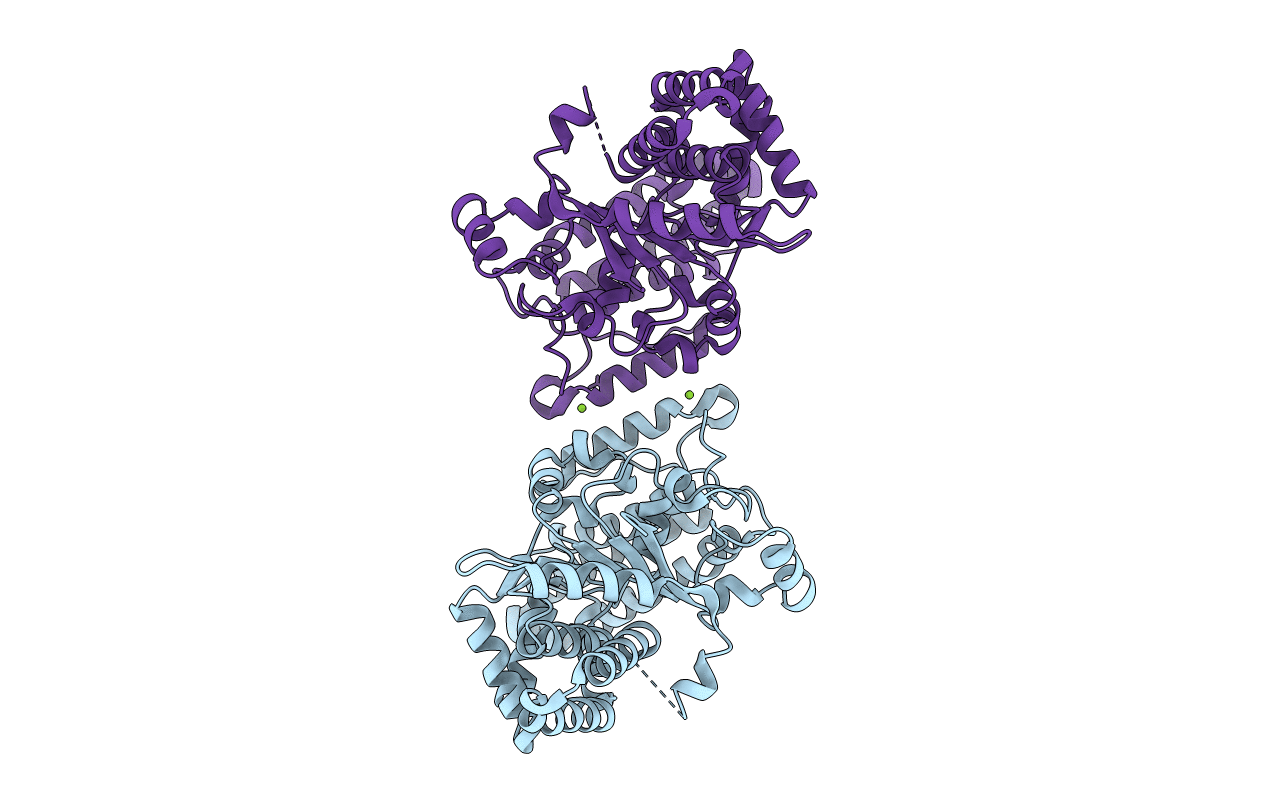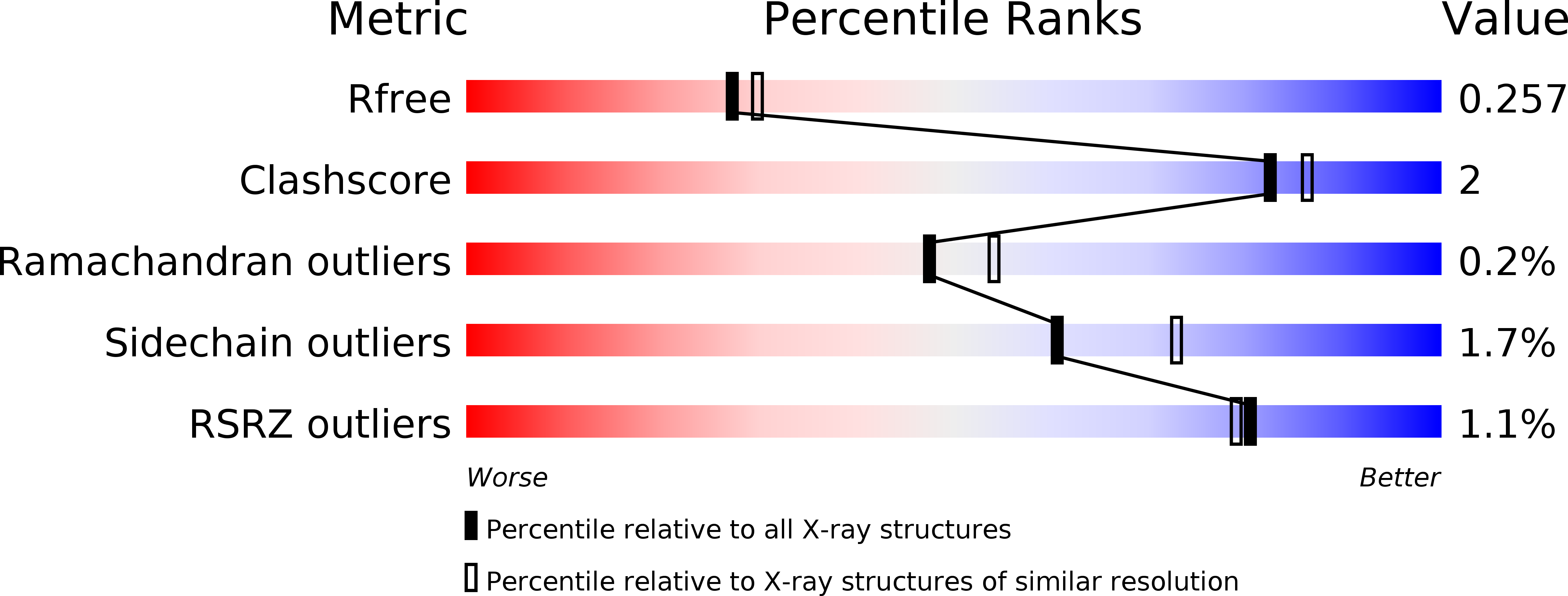
Deposition Date
2019-10-10
Release Date
2020-07-29
Last Version Date
2023-10-11
Method Details:
Experimental Method:
Resolution:
2.21 Å
R-Value Free:
0.25
R-Value Work:
0.22
R-Value Observed:
0.22
Space Group:
C 2 2 21


